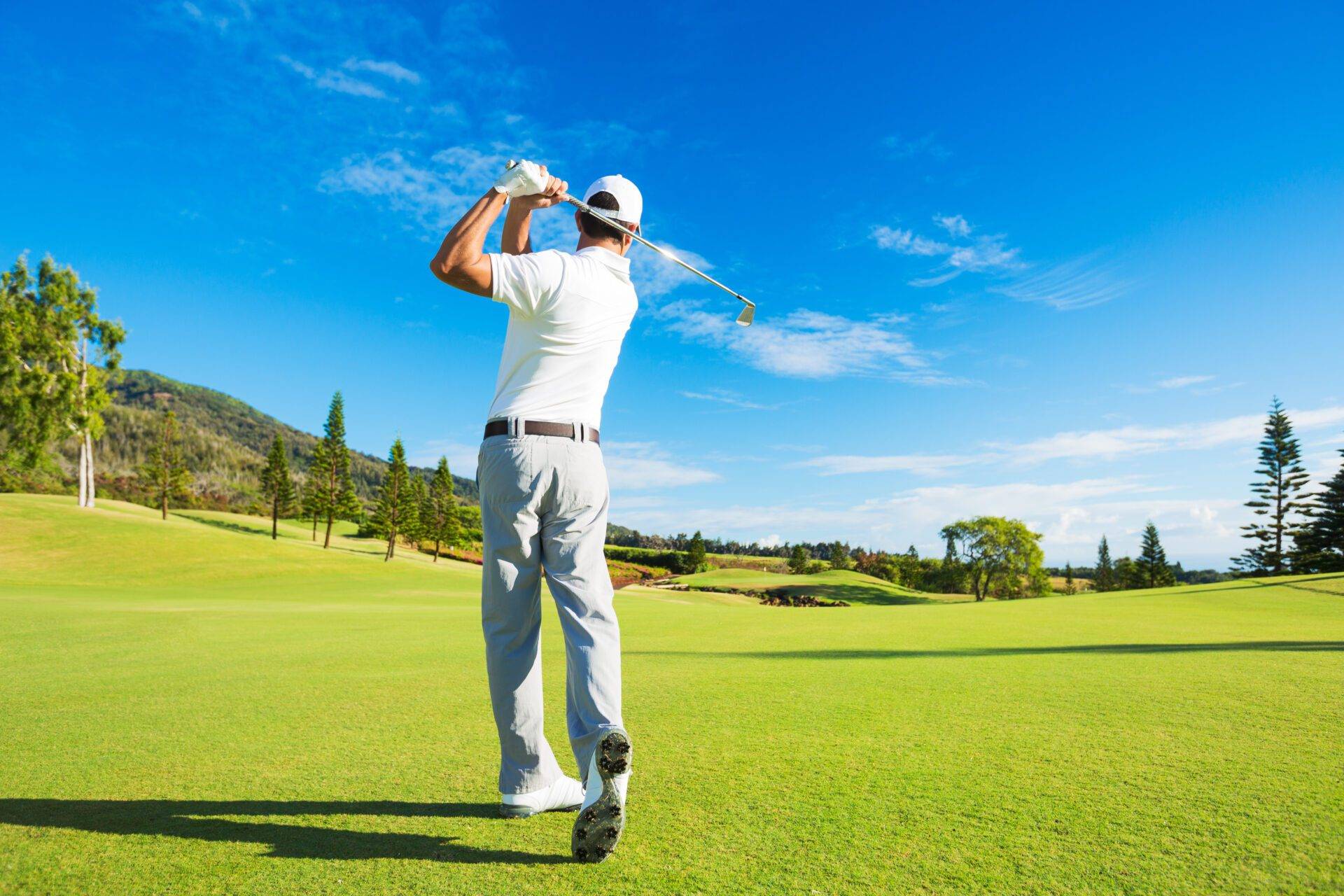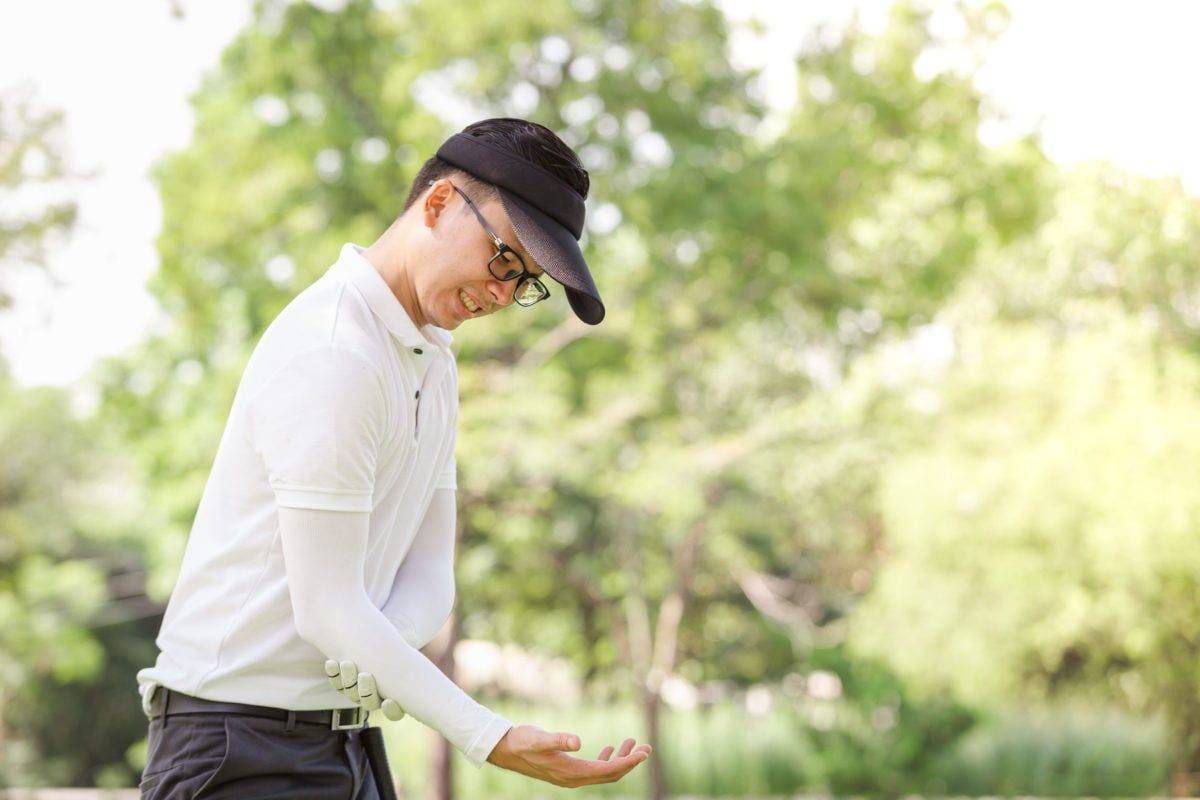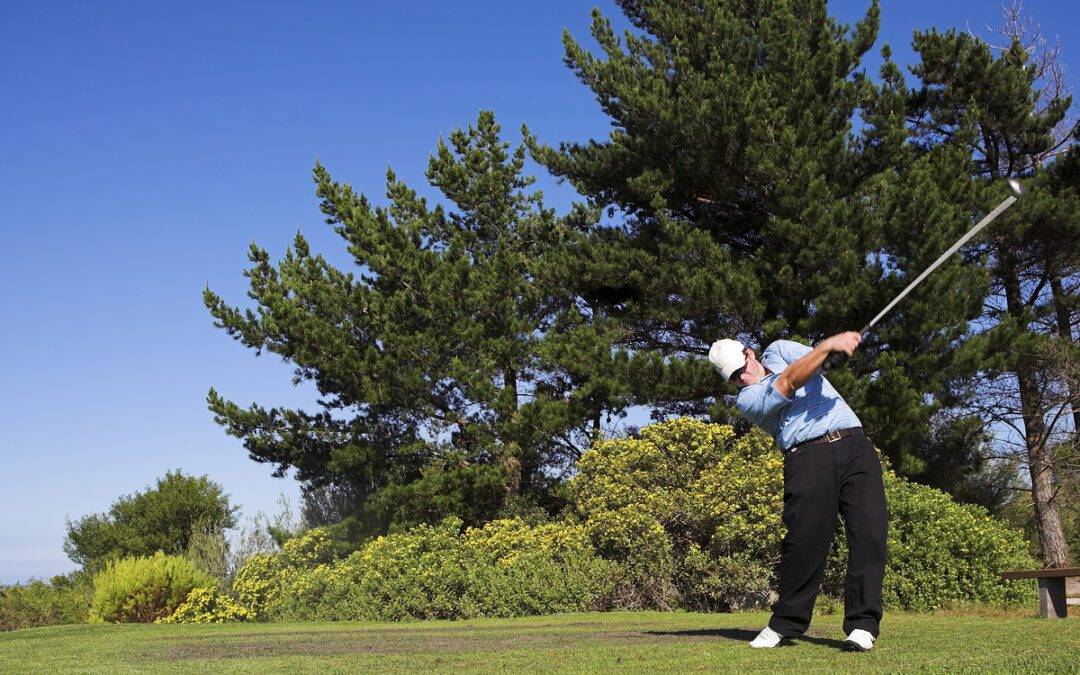By Dr. Ryan Trueman, BSc, DC
Issue #1 – Thoracic Spine Rotation
The golf swing requires a good amount of rotation to complete and as easy as it sounds, that also means you must have a good amount of rotation at your capacity. One major contributor to your swing rotation is your thoracic spine. The thoracic spine is made for rotation however our 2018 lifestyles are not. If you take your desk posture to the golf course you’re going to have a bad time!
The Fix:
There are a number of different ways to attack a poorly functioning thoracic spine. Spinal manipulation, mobilizations, soft tissue therapy, mobility drills, motor training, rehabilitation exercise, lifestyle modifications, medical acupuncture, and the list goes on. The goal is to address your specific biomechanical reason for thoracic spine dysfunction and attain the range needed for your golf swing! So here is the real question, did you really slice that ball right? Or do you lack the thoracic rotation to accomplish the follow-through portion to keep it straight.

Issue #2 – Low Back Pain
Now I am not going to try and lump all low back pain together here. There are a large number of reasons a low back can be painful, however, there are some common issues I see in the entire population. Some of the most common things I see are tight hip flexors, dysfunctional gluteus muscles, poor spinal stability muscles (core, obliques, diaphragm, erectors, etc), and poor overall core endurance. If you take any of these issues onto the golf course you are at risk for low back pain. Unfortunately, our culture is built around sitting and this can wreak havoc on our lower back and hip’s ideal functionality and strength.
When combining these issues with a lack of rotation in the thoracic spine or a lack of hip range of motion/rotation, you may try and generate the lost rotation by torquing through the lumbar spine (low back). The lumbar spine (unlike the thoracic spine) is not designed for rotation and lumbar discs do not like torque! Don’t let your compensations become injuries!
The Fix:
Addressing your dysfunction is imperative to solving the problem. Some of the tools I use to address these issues are (and are not limited to): soft tissue therapy, mobilizations/mobility drills, medical acupuncture, spinal adjustments, rehabilitation/strengthening exercises, motor control training, etc. It is especially important in this area to not only treat your injury but help you prevent it! Increasing your strength, endurance, mechanics, and capacity can help you avoid all of these issues

Issue #3 – The Dreaded Shoulder and Elbow Pain
A golf swing much like the issues above relies on a certain amount of mobility and the shoulder is no different. The shoulder is the most mobile joint in the body but in fact, has very minimal contact with the body. It connects as a ball and socket joint, where the socket is located on the shoulder blade which is only fixed to the skeleton at the A/C joint (a small joint on top of the shoulder). This means the shoulder relies a lot on the muscles and soft tissues that attach to it in order to function properly. Whether it is the labrum that allows for a deeper more congruent socket, or the rotator cuff that secures the arm within the socket, there are a number of tissues that dictate your shoulder health. Should you have a dysfunctional shoulder you are at risk for tissue damage and degeneration. To top it all off, you need some of these shoulder muscles as deceleration muscles. Deceleration muscles are vital for slowing down momentum efficiently rather than relying on soft tissue elasticity to absorb velocity. It is easy to swing an arm, it is a lot harder to slow it down!
One tissue that is also strained through shoulder dysfunction and poor swing mechanics is those on the inside of your elbow. A lot of people are aware of Tennis Elbow but are unaware of its annoying brother, Golfer’s Elbow. This is a strain of the deceleration and eccentric control muscles/tissues in the elbow and is amplified by poor shoulder function.
The Fix:
Much like the low back mentioned above, it comes down to figuring out your dysfunctional movement pattern. The mechanics of the shoulder are complicated and can be linked to anything from hip mechanics to wrist mobility. The same tools mentioned above can be used in this case, but I find instrument-assisted soft Tissue Mobilization (Graston) and dry-needling acupuncture to be very effective for the Golfer’s elbow!
The long and short of today’s blog is this. If you are dysfunctional off the golf course, you are going to be dysfunctional on it. The unfortunate fact is we live a largely sedentary lifestyle. We sit a lot at work, we sit a lot on the drive to work, and we sit a lot at home. We do a lot of our work in front of us and we are often looking down at our phones and computers. This causes things like tight hip flexors, weak glutes, forward rolled shoulders, anterior head carriage, and rounded and stiff cervical/thoracic spines just to name a few.
Your daily postures and activities are like a cast to which your body adapts. The longer you spend in a certain position the more your body will adapt to being in that position. If tightening your pecs and traps helps you look at your computer all day at work without wasting a lot of energy, your body will make that change. If we can break these changes that interfere with your athletic movements, we can provide you with a safer, healthier, and hopefully even better golf game.

